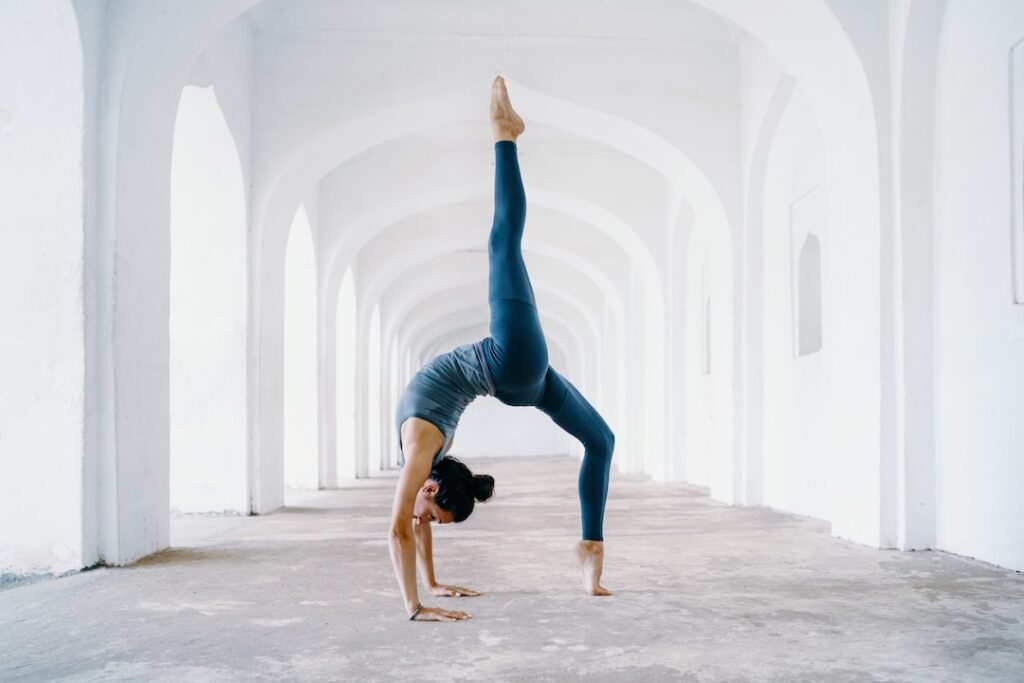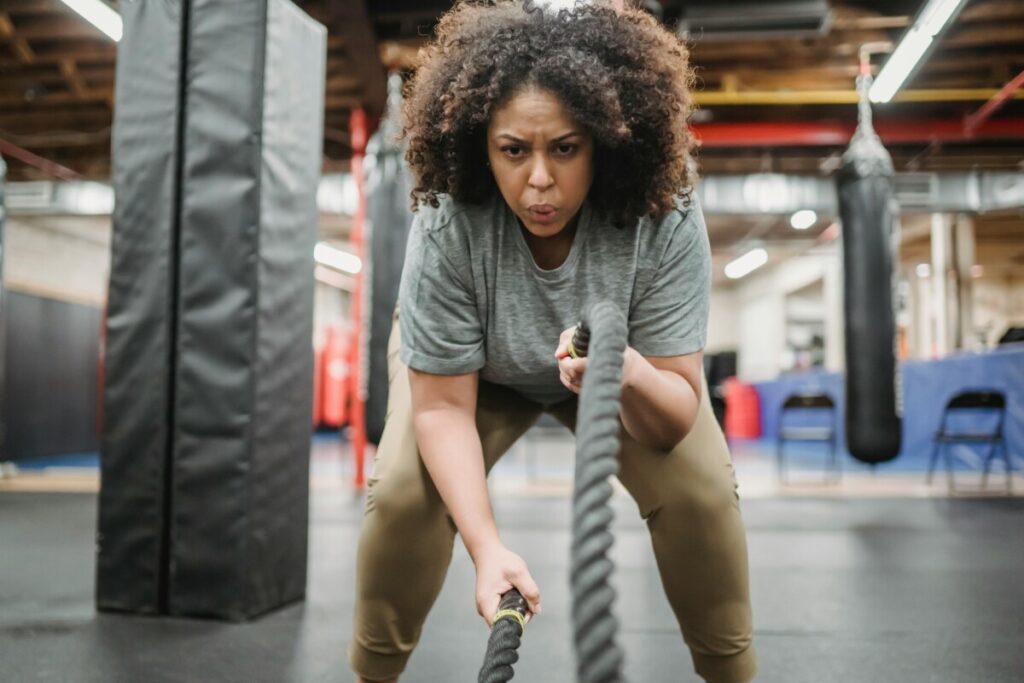Top 5 Flexibility Exercises

Flexibility is a crucial aspect of overall fitness that often gets overlooked. Many people focus on strength training or cardiovascular exercises but neglect the importance of flexibility. However, paying attention to flexibility can greatly enhance your mobility and overall well-being. In this article, we will explore why flexibility is important for mobility and highlight the top 5 flexibility exercises that can help improve your movement.
Why is flexibility important for mobility?
Flexibility refers to the ability of your joints and muscles to move through their full range of motion. When you have good flexibility, you can perform everyday activities with ease, such as bending down to tie your shoes or reaching overhead to grab an object.
Here are some key takeaways on why flexibility is important for mobility:
Flexibility allows for a greater range of motion in your joints and muscles. It enables you to move freely and without pain.
Improved mobility can enhance daily activities, making them easier and more enjoyable.
Regular flexibility exercises can result in better posture and overall body alignment, reducing the risk of injuries and improving your physical appearance.
What are flexibility exercises?
Flexibility exercises are physical activities that stretch and lengthen your muscles, tendons, and ligaments. These exercises improve the elasticity and flexibility of your body, allowing for easier and more fluid movement.
Flexibility exercises can be static or dynamic. Static stretches involve holding a stretch for a certain period, while dynamic stretches involve moving a joint through its full range of motion in a controlled manner. Both types of stretches are beneficial and can be incorporated into your flexibility routine.
How do flexibility exercises work?
Flexibility exercises offer numerous benefits that contribute to improved mobility. Here are some of the advantages of incorporating flexibility exercises into your fitness routine:
Stretching promotes blood circulation to the muscles, enhancing their performance. This increased blood flow brings oxygen and nutrients to the muscles, helping them function more efficiently.
Regular stretching reduces muscle tension and improves relaxation. It can help alleviate muscle tightness and soreness, especially after a workout.
Flexibility exercises can aid in the prevention and reduction of muscle soreness post-workout. When you stretch your muscles after exercising, it helps flush out lactic acid, reducing the likelihood of experiencing delayed onset muscle soreness (DOMS).
https://serenity7wellness.com/index.php/2023/12/06/holiday-travel-hacks-save-money-and-time-on-your-next-trip/
The top 5 flexibility exercises for improved mobility
Now that we understand the importance of flexibility and how flexibility exercises work, let’s explore the top 5 exercises that can help improve your mobility:
1. Hamstring stretches
Hamstring stretches target the muscles located at the back of your thighs. These stretches can help increase your range of motion in your hips and knees. To perform a hamstring stretch, follow these instructions:
Sit on the ground with one leg extended in front of you and the other leg bent with the sole of your foot against the inner thigh of your extended leg.
Slowly lean forward, reaching for your toes or the lower part of your extended leg.
Hold the stretch for 20-30 seconds, then release.
Repeat on the other side.
Performing hamstring stretches regularly can enhance your mobility and flexibility in the lower body.
2. Shoulder rolls
Shoulder rolls target the muscles in your shoulders and upper back, improving your upper body flexibility.
Here’s how you can do shoulder rolls:
Stand tall with your feet shoulder-width apart and arms relaxed at your sides.
Roll your shoulders forward in a circular motion, starting from the back and moving them forward and up, then back down to the starting position.
Reverse the direction and repeat the movement.
Perform 10-15 shoulder rolls in each direction.
Shoulder rolls are an excellent exercise to relieve tension in the upper body and improve mobility in your shoulders.
3. Hip openers
Hip openers help increase the flexibility and mobility of your hips, which play a crucial role in everyday movements such as walking and squatting.
Here are a few hip opener exercises you can try:
Butterfly stretch: Sit on the floor with the soles of your feet together, allowing your knees to drop open to the sides. Gently press down on your thighs to deepen the stretch.
Pigeon pose: Start in a push-up position, then bring one knee forward and place it near your hand on the same side. Slide your other leg back and straighten it behind you. Lower your upper body down towards the ground, feeling the stretch in your hip.
Deep squats: Stand with your feet shoulder-width apart, then squat down as low as you comfortably can while keeping your heels on the ground. Hold the position for a few seconds before standing back up.
Incorporating hip openers into your flexibility routine can significantly improve your hip mobility and prevent tightness in that area.
4. Spinal twists
Spinal twists are effective exercises for enhancing mobility in your spine and maintaining good posture.
Follow these techniques for safe and effective spinal twists:
Sit on the ground with your legs extended in front of you.
Bend your right knee and cross it over your left leg, placing your right foot flat on the ground near your left knee.
Place your left hand on your right knee and gently twist your upper body to the right, using your hand as leverage.
Hold the stretch for 20-30 seconds, then repeat on the other side.
Spinal twists can help relieve tension in your back and improve your overall spine mobility.
5. Calf stretches
Calf stretches target the muscles located in the back of your lower leg, specifically the gastrocnemius and soleus muscles. These stretches are essential for preventing common foot and ankle injuries.
Here’s how you can stretch your calves:
Stand facing a wall with your hands resting on it at chest level.
Step one foot back, keeping your heel on the ground and your toes pointing forward.
Gently lean forward, pressing your hips toward the wall until you feel a stretch in your calf.
Hold the stretch for 20-30 seconds, then switch sides.
Regular calf stretches can improve your ankle flexibility and reduce the risk of calf strains or Achilles tendonitis.
Tips for incorporating flexibility exercises into your routine
To make the most of your flexibility exercises, here are some tips to keep in mind:
Start with a warm-up routine to prepare your muscles for stretching. This can include light cardio or dynamic movements to increase blood flow and warm up the body.
Gradually increase the intensity and duration of your flexibility exercises over time. Avoid pushing yourself too hard in the beginning to prevent muscle strains or injuries.
Listen to your body and avoid pushing beyond your comfort level. You should feel a stretch sensation, but it should never be painful.
Incorporate relaxation techniques, such as deep breathing, during your stretches. This can help you relax and deepen the stretch.
Conclusion
Incorporating regular flexibility exercises into your fitness routine can significantly improve your mobility, allowing for smoother and more efficient movements. Whether you’re an athlete or someone looking to enhance your everyday activities, these top 5 flexibility exercises are a great starting point for achieving better flexibility and overall body functionality. Remember to consult with a healthcare professional before beginning any new exercise program. So, start stretching today and reap the benefits of improved mobility tomorrow!








